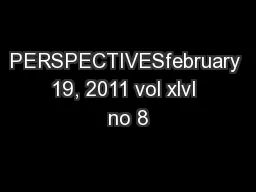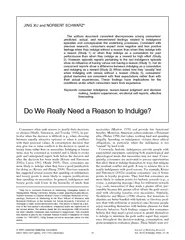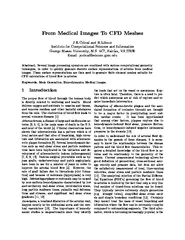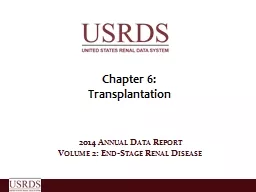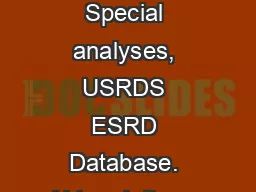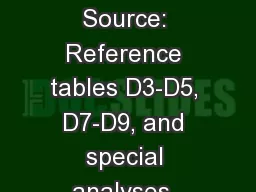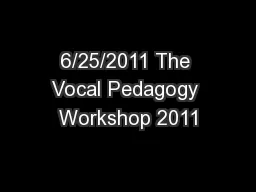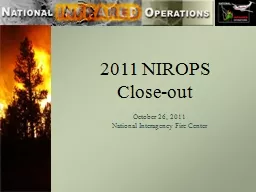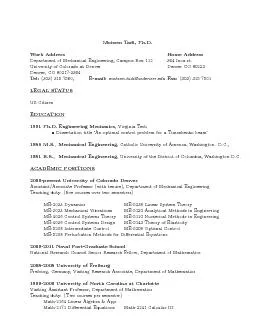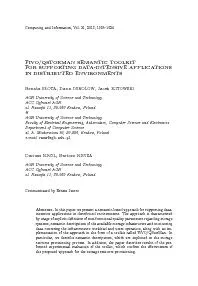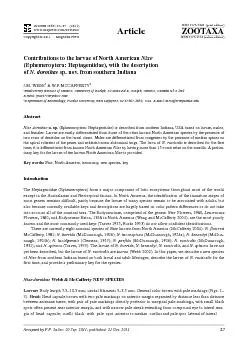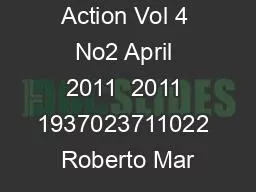PDF-PERSPECTIVESfebruary 19, 2011 vol xlvI no 8
Author : aaron | Published Date : 2017-11-28
EPW Economic Political Weekly or of the government against the Indian people Deshdroha Ganachari 2009 95 There are striking similarities between this and questions
Presentation Embed Code
Download Presentation
Download Presentation The PPT/PDF document "PERSPECTIVESfebruary 19, 2011 vol xlvI n..." is the property of its rightful owner. Permission is granted to download and print the materials on this website for personal, non-commercial use only, and to display it on your personal computer provided you do not modify the materials and that you retain all copyright notices contained in the materials. By downloading content from our website, you accept the terms of this agreement.
PERSPECTIVESfebruary 19, 2011 vol xlvI no 8: Transcript
Download Rules Of Document
"PERSPECTIVESfebruary 19, 2011 vol xlvI no 8"The content belongs to its owner. You may download and print it for personal use, without modification, and keep all copyright notices. By downloading, you agree to these terms.
Related Documents

